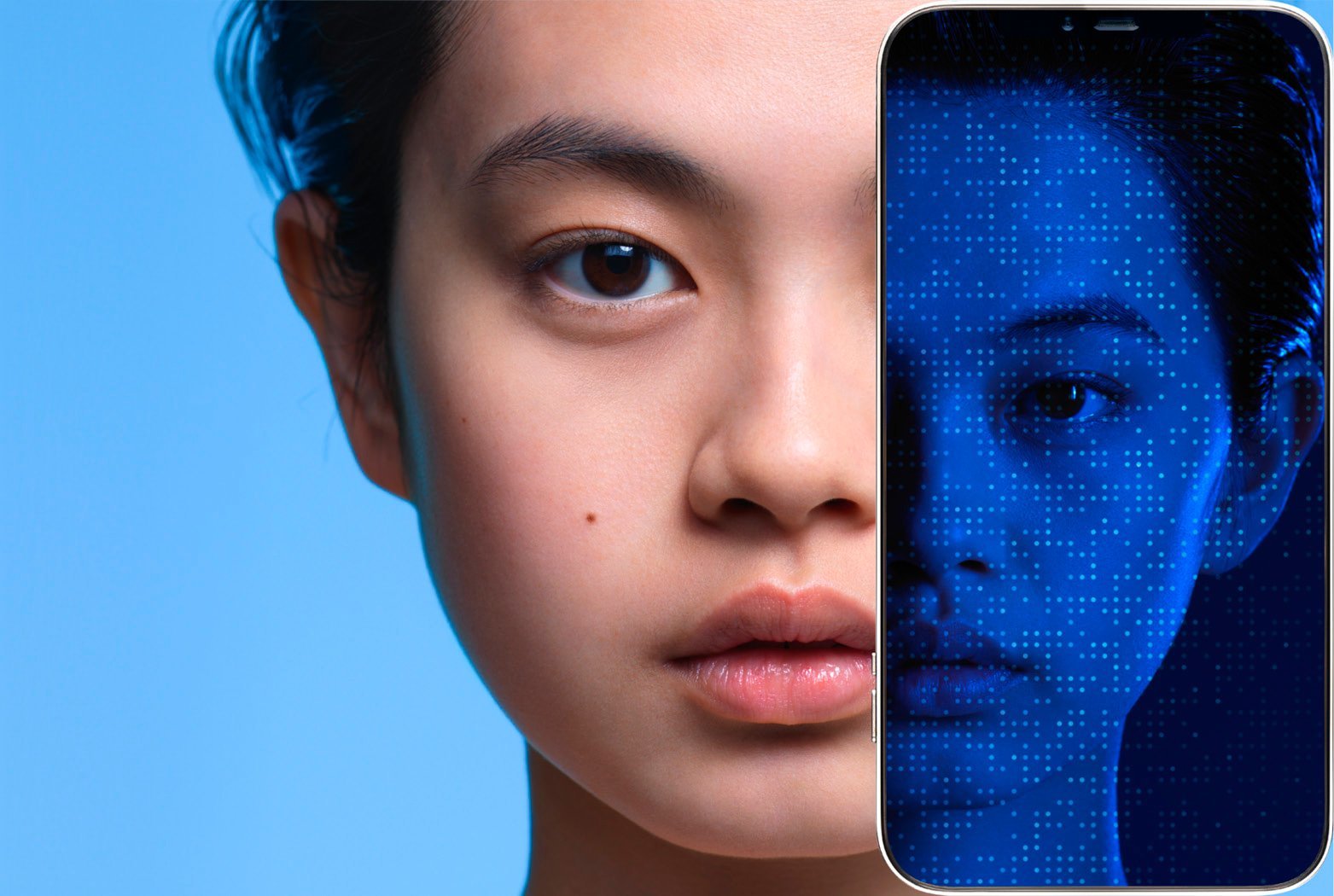XEROSIS, PRURITUS
- Dry skin with widespread peeling, often with itching
- Dull skin
Hygiene
- Gentle cleansing products that respect the skin’s natural pH balance, such as syndet(1)
- Bath oils(1)
- Take 33-35 °C showers instead of baths(2)
- Gently pat the skin dry, do not rub the skin(2)
- Apply skin care products immediately on damp skin(1)
Skin care products
Light texture moisturizers(1), may contain urea
Photo-protection
Anti-UVA/anti-UVB photo-protection At least SPF 50(1)
Clothing
- Wear cotton clothing(2)
- Do not wear wool (microfibers) or synthetic clothing (not breathable...)(2)
- Avoid irritants which cause itching (e.g. soaps, detergents, chemical products, abrasive fabrics, etc.)(1)
Heat
Avoid dressing too warmly because heat and sweating trigger pruritus(1)
PULPITIS, CREVICES
Hyperkeratosis with painful linear erosions which may be more or less deep
Hygiene
- Gentle cleansing products that respect the skin’s natural pH balance, such as syndet(1)
- Avoid contact with water if possible(2)
- Pat dry(1)
Skin care products
- Moisturizing creams(1)
- Soothing skin care product for irritated and weakened skin.(1)
- If there are cracks(1): Use a repairing emollient / balm with an occlusive dressing.
Clothing
- Gloves are recommended for indoor and outdoor work(1)
- Use an inner pair of gloves made of suitable fabric (e.g. silk)(1)
RADIODERMATITIS
During radiation (after the 3d week) or a few days after radiation: Rash, dryness, peeling, erosion, ulceration.Possible after-effects: Xerosis, hypopigmentation, hyperpigmentation, telangiectasias, skin atrophy.Hygiene
- Gentle cleansing products that respect the skin’s natural pH balance, such as syndet(1)
- Hygiene + drying(2,3)
- Rinse your skin carefully after swimming in the sea or in a swimming pool(1)
Skin care products
- Light texture moisturizers(1)
- Avoid alcohol and fragrance(1)
- Be cautious with deodorants(1)
- Do not shave or use hair-removing cream(1)
- Soothing skin care product for irritated and weakened skin.(1)
Clothing
Large, comfortable clothing(1)
Photo-protection
Anti-UVA/anti-UVB photo-protection At least SPF50(1)






